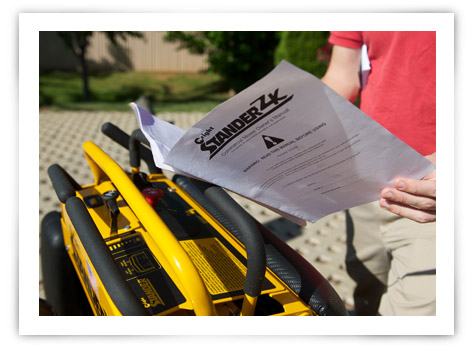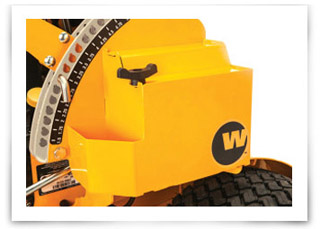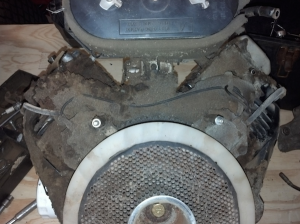Engine Condition
How to Keep Your Mower Lasting Longer
Mowers—especially commercial ones—are an investment worth protecting. And as with most investments, some occasional observation and maintenance can keep things from deteriorating rapidly.

A key part of the process is making sure that before you put your mowers away for the winter, you perform some basic winterizing. For example, emptying or stabilizing the fuel, cleaning the mower deck and recharging the battery. If you didn't follow these suggestions in the fall, you will want to drain the old fuel out of your mower. This will help prevent the carburetor from getting clogged. Even though the fuel has been sitting for a while and has lost some of its potency, you will still want to use the same safety you would around any other fuel, like emptying the fuel outdoors and away from any flames or sparks.
A great first step in keeping your mower engine in great shape is to pull out the owner's instruction manual and review the maintenance chart. Additionally, reading the engine manufacturer's owner's manual for suggestions will be helpful. Also, if you decide to do some of what is suggested here yourself, before doing any maintenance or repair service, be sure to: disengage power to mower blades, apply the parking brake, stop the engine, and remove the ignition key and the spark plug wire from spark plugs.
These are the things that you will want to maintain to keep most Wright mower engines running in top shape:
Check the oil and add/change it as needed.
Use the recommended oil per the engine manufacturer, check oil levels daily, and change your oil after every 100 hours of use. If you are just adding oil, be sure the mower is on a flat surface for this so you can accurately read the amount of oil needed.
Check and clean air intake screen and clean engine blower screen with compressed air.
It is suggested that you do this daily.
Change the engine oil filter.
This is suggested after every 200 hours of use, so do this every other time you change the oil.
Clean and re-gap the spark plug
After removing spark plug wires from the spark plug and removing the spark plug, check to see if there is any carbon build up on the electrodes. If there is, use a wire brush to remove the carbon deposits. You can purchase a re-gapping tool to check the spark plug gap and reset if necessary. If the spark plug porcelain is cracked or the plug is damaged in any way, it should be replaced. Again, this should be done after every 100 hours of use.
Check and clean engine cooling fins with compressed air
After every 100 hours of use (more frequently under dusty conditions).
Remove battery and clean battery, battery box and battery cable ends after every 250 hours of use.
Remove battery and clean battery, battery box and battery cable ends after every 250 hours of use.
Replace air cleaner
The primary element will need to be replaced every 250 hours of use and the secondary element will need to be replaced every 500 hours of use.
Replace the fuel filter when it is clogged
Check it annually if you don't notice any blockage.
While it certainly takes a bit of time and planning to keep your mower engine well maintained, it does help your engine and your mower to last longer. For more information on some of the best mowers in the industry, visit our website mowers page .


